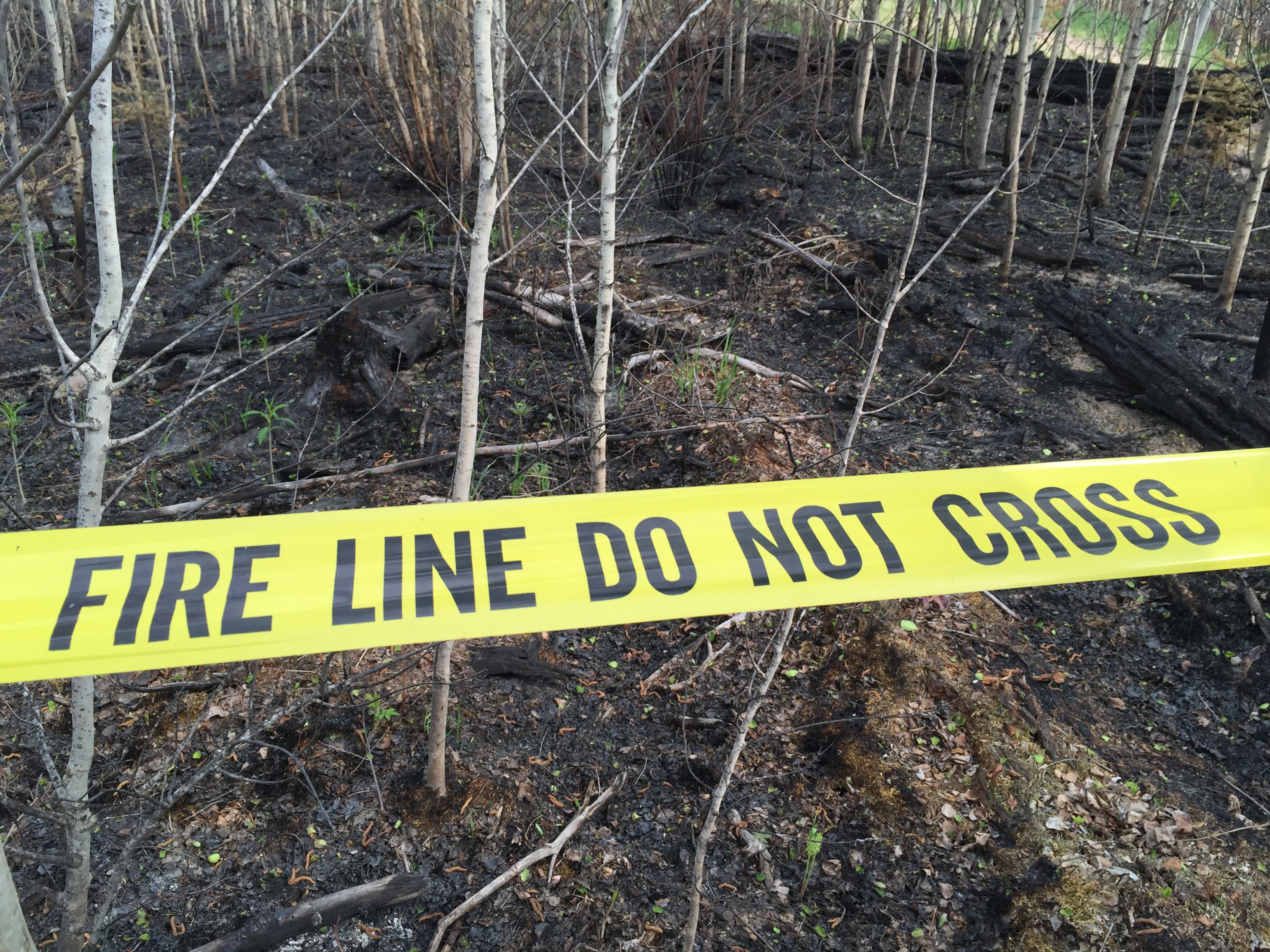
Dr. Sandau to present on cutting edge ILR analysis at Pittcon 2019!
- Date: March 17-21, 2019
- Location: Pennsylvania Convention Center, Philadelphia, Pennsylvania, USA + Google Map
Dr. Court Sandau and Michelle Misselwitz of Chemistry Matters, presented at Pittcon 2019! Fixing False Negatives, Using 2DGC-TOFMS to Correctly Identify Ignitable Liquid Residues in Wildfire Investigations, is authored by CMI personnel, and was delivered by Dr. Sandau on Monday, March 18 at 4:05PM EST (local time).
Analytical Chemistry Lessons from History: The discovery of PCBs and the future of analytical methods for environmental contaminants, is authored by Michelle Misselwitz, David Megson, Thomas Tennant, and Court D. Sandau, and was presented by Michelle Misselwitz on Wednesday, March 20, 2019 at 10:45AM EST.
Abstract for Fixing False Negatives, Using 2DGC-TOFMS to Correctly Identify Ignitable Liquid Residues in Wildfire Investigations,:
Wildfires continue to grow in frequency and intensity. Over 80% of wildfires are human caused, with over 20% being attributed to arsonous acts. The ability to detect ignitable liquid residues (ILRs) in wildfire debris samples can be very problematic compared to structural fire debris samples.
Detection of ILRs in wildfire debris is complicated by the presence of natural interferences. Wildfires provide exceptionally difficult matrices compared to structural fires due to the facts that: ILRs are present at lower concentrations; ILRs are more dispersed; thousands of natural compounds are present at very high concentrations compared to ILRs; structural similarity of natural compounds to ILR indicator compounds; and matrix combustion forms thousands of interfering compounds.
The resolving power of two-dimensional gas chromatography (2DGC) combined with the sensitivity of a TOF-MS permits superior separation and detection of ILR from matrix interferences compared to conventional one-dimensional gas chromatography (1DGC). The high abundance of natural interferences dwarfs the ILR compounds in size and will mask their detection using conventional 1DGC. As arsonous wildfires can ignite with very low volumes of ignitable liquid, better detection limits are required in order to find and identify ILRs in wildfire debris samples.
Case samples analyzed on both 1DGC and 2DGC showed re-analysis by 2DGC changed 7% of negative samples to positive for ILR, and 22% went from tentative to positive for ILR. Inspection of the Stauffer compounds shows some groups are more useful for ILR identification than others. The Three Musketeers Group was ubiquitous, while the Twin Towers and Five Fingers Groups were non-detects by 1DGC but present in up to 90% of positive samples by 2DGC.
This presentation summarizes how 2DGC-TOFMS was used to positively identify ILRs in wildfire debris samples when conventional methods were unable to determine ILR presence.
Abstract for Analytical Chemistry Lessons from History: The discovery of PCBs and the future of analytical methods for environmental contaminants:
Polychlorinated biphenyls (PCBs) are persistent organic pollutants (POPs) that were heavily used as chemical insulators in electrical equipment. The production of PCBs was banned in 1979, but historical leaching of the chemicals is problematic due to their chemical stability. PCBs can be found in virtually every biological and environmental matrix.
PCBs were first detected in the 1960’s during routine monitoring of fish and other wildlife for organochlorine pesticides. Using packed column GC-ECD, a Swedish scientist noticed several extra peaks in his chromatogram that were routinely found in heavily contaminated samples. It took two years of investigative work to conclusively determine the unknown peaks were PCBs. Cleanup methods to fractionate the samples were developed as PCBs were common chromatographic interferences with OCPs. As analytical technology continued to progress with capillary columns and high resolution mass spectrometry (HRMS) the analysis of PCBs became more targeted.
There are 209 possible congeners of PCBs. In a recent literature review it was concluded that 13% of environmental PCB studies between 2010 and 2017 focused on only 7 PCBs, 9% studied 12 PCBs and only 6% studied all 209 congeners. In environmental forensic site investigations, a full congener profile can provide valuable information for determining source allocation. Assigning liability in multi-million dollar cleanup efforts can be difficult with weathering, multiple source points, non-traditional PCB inputs and biotransformation. Although there is no single analytical method that can determine all 209 PCBs, the use of GCxGC-TOFMS has made it possible to analyze over 180 individual congeners. GCxGC-TOFMS can also monitor multiple chemical contaminants simultaneously. This presentation will give a historical review of analytical technology and demonstrate how GCxGC methods have aided in environmental forensic investigations and routine monitoring of environmental samples.
Find more information about Pittcon 2019, here.

 Provides expert support to projects involving litigious or contentious subjects. These expert witness services are founded on chemistry principles and proper application of scientific methods.
Provides expert support to projects involving litigious or contentious subjects. These expert witness services are founded on chemistry principles and proper application of scientific methods.